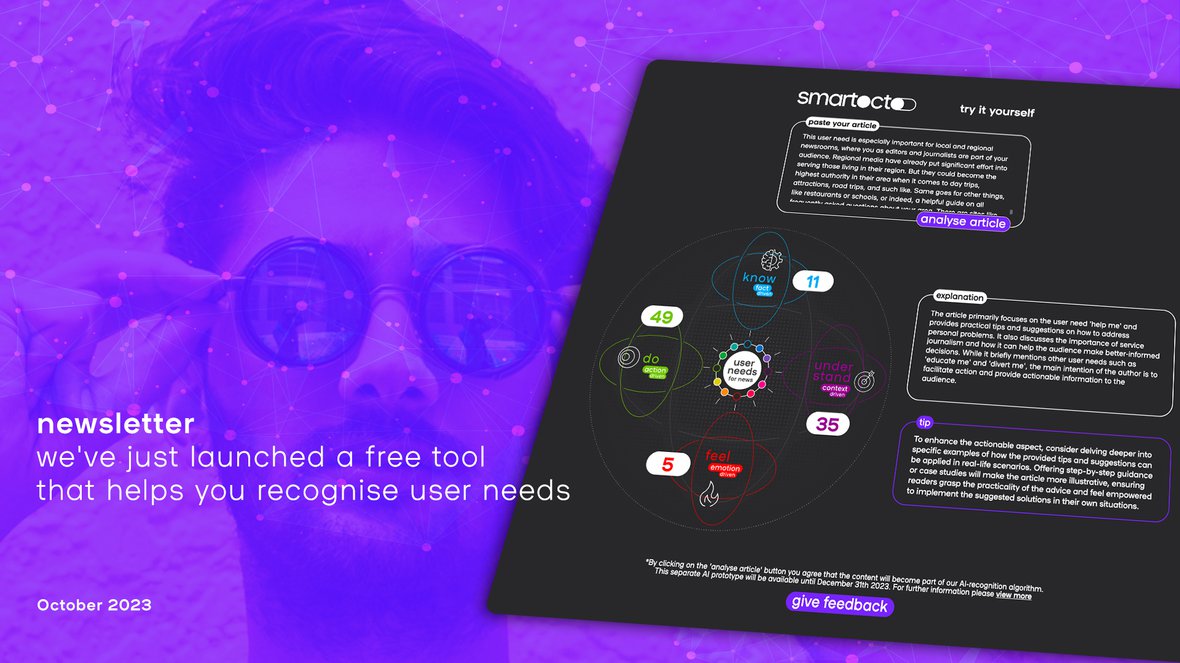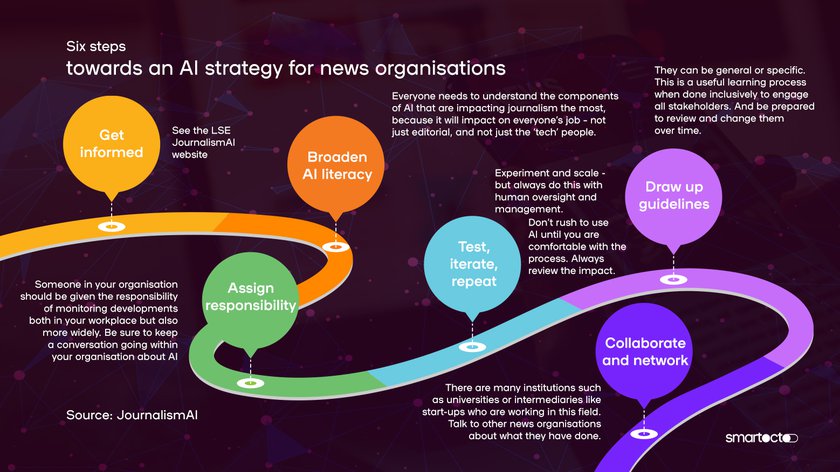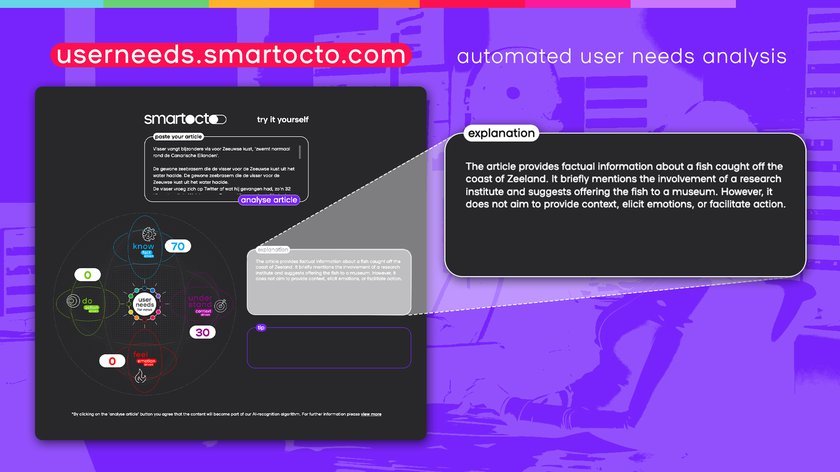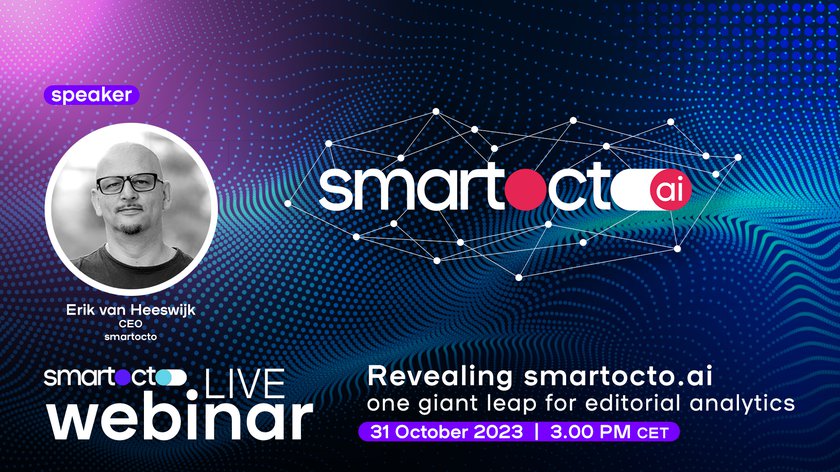Hey there,
Here we are again with a new newsletter. As announced two weeks ago, we are increasing the frequency we send these out, not because we like the sound of our own voice, but because we believe we have a lot to share, especially in this month of 'smartoctober.'
Behind the scenes, we've been working on creating more AI-driven features - and we're ready to flick the switch. We’re excited that we are ready to show you the first results of that effort right now, and in the coming weeks we will provide more details.
Our newsletters, blogs, and other communications are primarily intended to take media professionals on the path to the future of online media. Sometimes, though, the very nature of our industry’s job provides a painful reminder of why we need to embrace innovation in order to maximise the effectiveness with which we deliver our central promise: to deliver news and information where and when it’s most needed.
With an explosion of violence in Israel and Gaza, it has once again become clear that journalism is grappling with how to respond to affairs that are difficult to predict. The challenge is to maintain a focus on reporting important events while keeping an eye on the direction journalism itself is heading.
Blog about biggest trends and best practices
If you're not entirely sure whether you're making the right investment in Artificial Intelligence, it's worth taking a good look at what's happening in the field of media already.
Our first smartoctober blog provides a good introduction and shares the outcomes of a recent and extensive survey conducted by JournalismAI, in which they consulted 105 news and media organisations spanning 46 different countries, on the subject of AI and related technologies.
Our blog aims to address three key questions:
- How are media outlets currently utilising AI?
- Who is spearheading AI strategy and its implementation?
- What steps can you take to develop and implement an effective AI strategy at your own news organisation?
Thanks to JournalismAI, these steps are already laid out for anyone willing to follow them. Lead researcher and noted media commentator and academic, Charlie Beckett, not only understands the needs of the media but also advises caution against potential pitfalls. He emphasises the significance of human oversight, and his advice is simple: "Don't rush to use AI until you are comfortable with the process."



